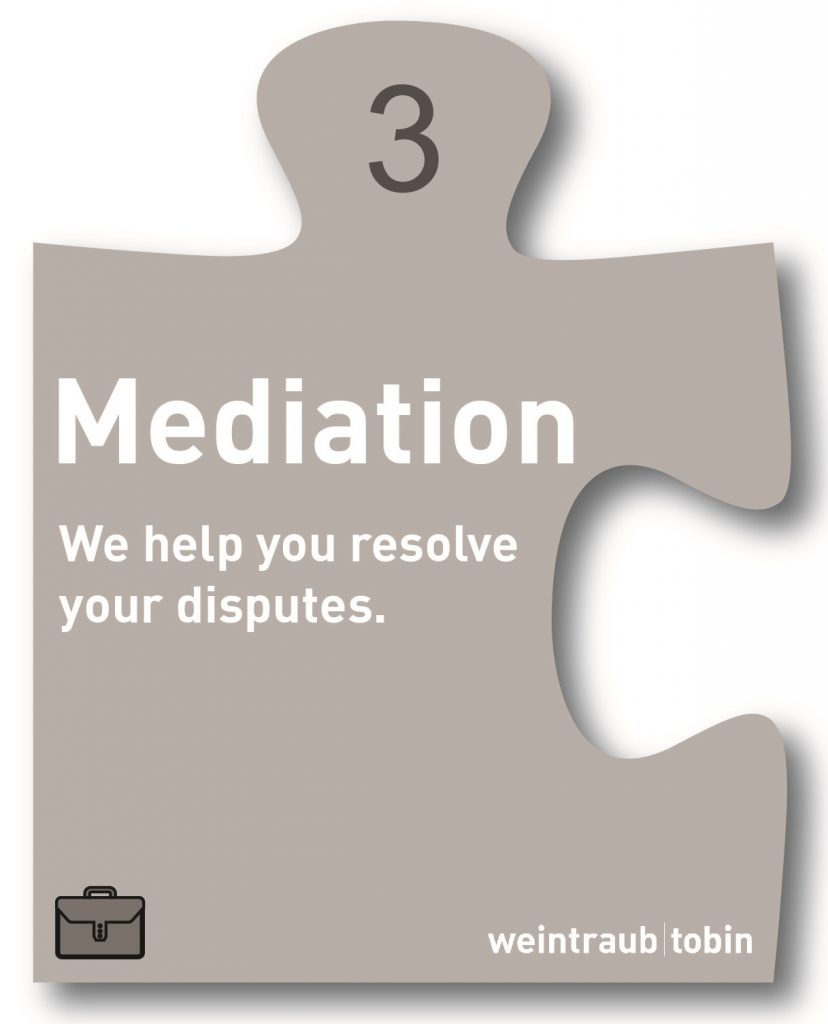McGregor Files for Trademark for “Conor McGregor” and “The Notorious”
Published: February 2, 2017
Whether you like him or not, Conor McGregor’s business savvy cannot be disputed. The UFC superstar, in just over year, has become a household name known to people who may not even watch the sport. His quick rise to superstardom is no coincidence. He knows how to market himself and he knows how to sell the events he’s involved in.
In my opinion, McGregor single handedly crippled the UFC’s landmark UFC 200 event when he was removed from the fight card as the result of a contract dispute. Since that time, he’s made amends with the UFC and become the promotion’s first two-weight world champion. So, having risen to such a level of superstardom, I got to wondering what McGregor was doing to protect his intellectual property rights, which undoubtedly have substantial goodwill and value at this point. As such, at the end 2016, I did a search on the USPTO website, but to my surprise, McGregor had not applied to protect his name, or his nickname, the Notorious, in the United States. He already had applications filed abroad, but not in the United States, where he arguably has the bulk of his fans. Having always considered McGregor a business savvy athlete, I was shocked.
But it seems that McGregor recently remedied this problem by filing two trademark with the USPTO through his entity McGregor Sports and Entertainment, Ltd. On January 9, 2017, McGregor filed for registration of THE NOTORIOUS and CONOR MCGREGOR. The marks seek registration for several goods and services, including DVDs, aftershave, books, clothing, footwear, games, health club services, restaurants, and barbershops. It’s a pretty interesting array of goods and services. I would not have expected McGregor to go into the barbershop or aftershave business anytime soon, but then again, with his debonair style and reputation for being a sartorial man, maybe it wouldn’t be such a bad idea.
Before McGregor’s now historic fight at UFC 205 where he became the promotion’s first two-division world champion, there were several articles in legitimate publications comparing McGregor’s level of superstardom to the late Muhammad Ali. Now, it is quite early to start comparing McGregor’s notoriety to one of the most renowned athletes of all time, but the point is, McGregor is already huge star and he should be taking these measures to protect his intellectual property.


